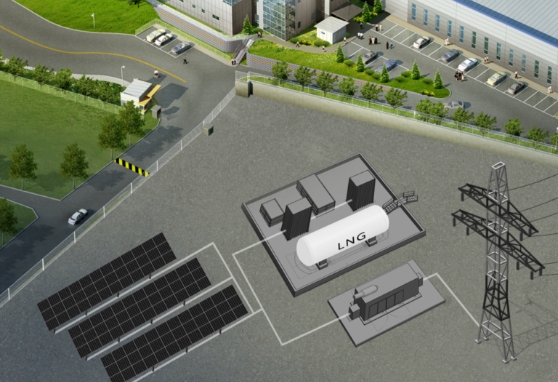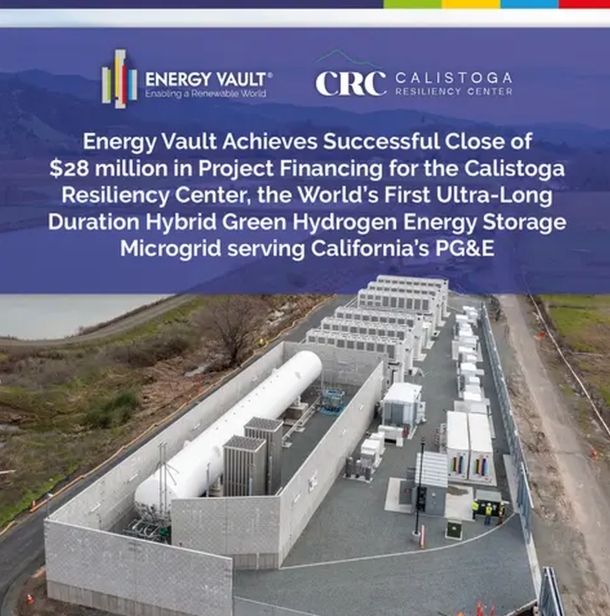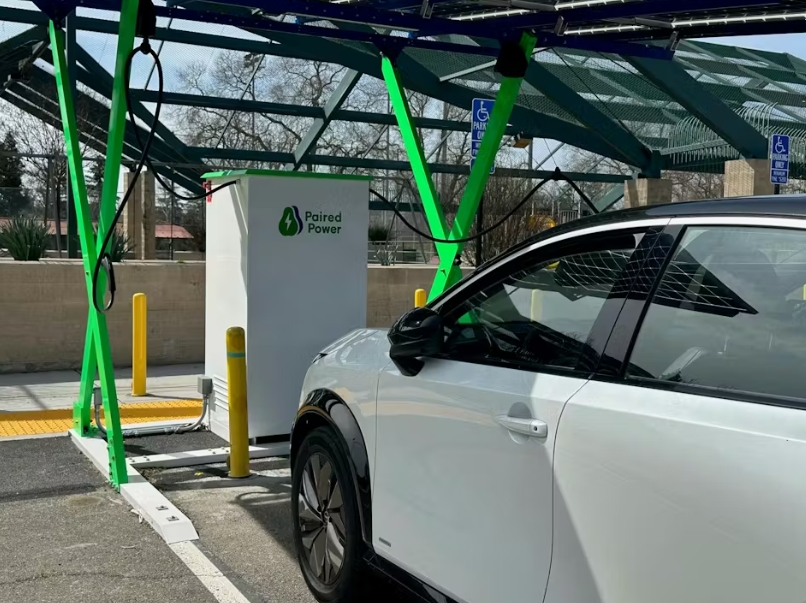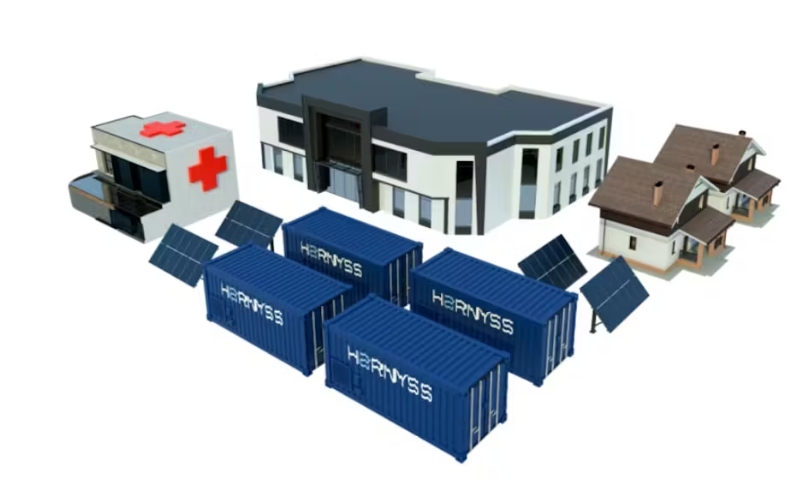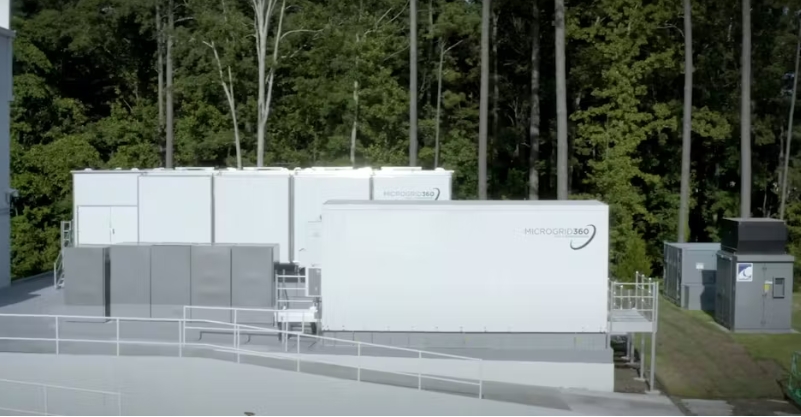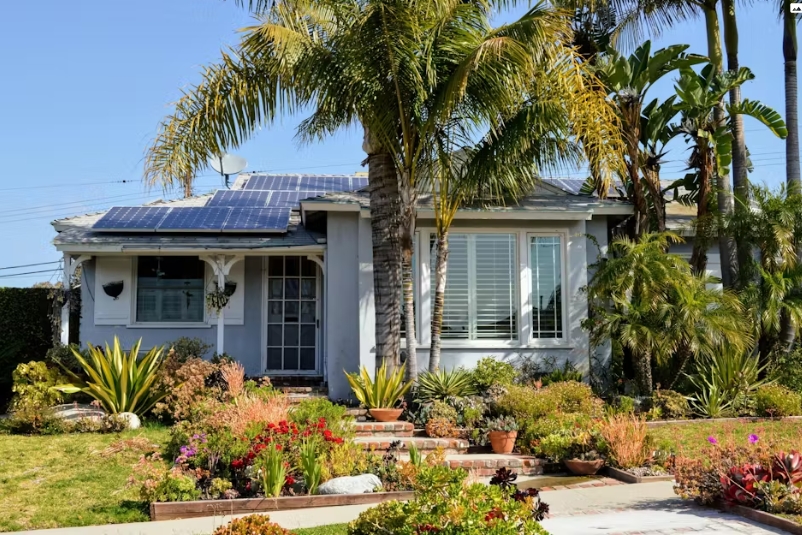The Chinese government takes a rather blunderbus approach to renewable energy policy. For years, it offered generous subsidies for renewables and saw installed capacity for wind and solar soar. But those subsidies cost the government a lot of money, so it curtailed many of those policies. Predictably, installations of new renewable resources — especially solar — plummeted. According to PV Magazine, in the first half of 2019 only 11.4 GW of new solar capacity was installed, a drop of 53% compared to the same period last year.
When the government saw the negative impact its new policy was having, it modified its policies yet again. With this latest adjustment, the China Photovoltaic Industry Association expects new installed solar will hit 40 GW or more by the end of this year.
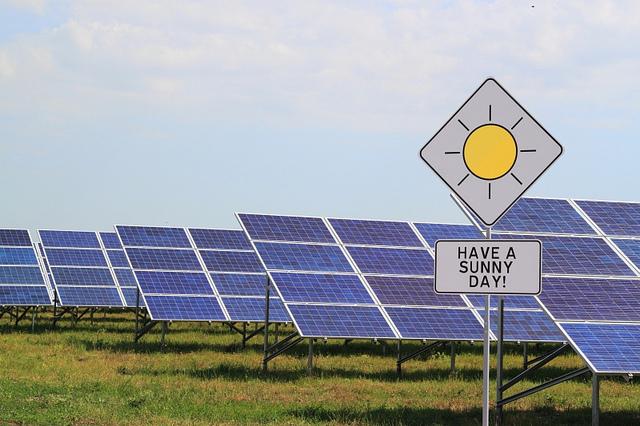
While solar has been subject to fluctuations within the country, China’s solar industry has been shipping record numbers of solar panels and solar cells to keep up with demand in other countries. According to the CPIA, Chinese manufacturers produced 30.8% more solar cells — 51 GW worth — in the first six months of the year than in the first half of 2018. And those cells, mostly PERCs — p-type mono passivated emitter rear contact — had an average efficiency of 22.1% or higher, according to the Global Times.
Combined, exports of panels and cells totaled $9 billion, with the Netherlands, Spain, Germany, and Belgium being the primary buyers. Ukraine is also on a path to become a major customer for Chinese solar products. Exports to the US were negligible as the two countries continue to play tit for tat while the world burns.
Kenya is also becoming a trading partner with China. At the eighth Africa oil and gas exhibition in Nairobi last week, Joanne Tan, overseas sales director for Guolong Electric Company Limited, said that Kenya presents new opportunities for manufacturers of solar technologies. Recently, China had proposed the first coal generating station in Kenya but that idea was nixed by the courts.
“We consider Kenya a strategic market for our solar products as the government promotes use of clean energy in homes and industries,” said Tan, adding that the expo presents an opportunity for her company to conduct extensive research on sustainability of solar solutions market in Kenya and the region. “A survey on the general status of the market for solar products in this region is key to inform future investment decisions,” she said.
Elis Chen, sales manager of Shenzhen King Sako Electronics, said her company’s entry into the Kenyan market last year has been a success given high demand for solar technologies. “We have distributors in Kenya who have enabled us to reach a growing number of clients who request our integrated solar system.” Kenya presents a promising market for solar technologies as households, industries and institutions like schools and hospitals embrace clean technologies, she added.
China is a world leader in renewable energy and electric cars. The United States? Not so much. The prognosis for the future seems clear.
